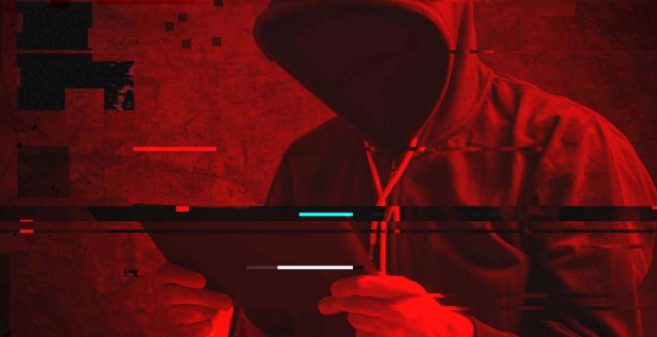Within the past year, the San Francisco Municipal Transportation Agency, TalkTalk, Twitter, Netflix, Tesco Bank and thousands of other businesses, both large and small, have been targeted by cybercriminals. With this significant rise in security breaches, there is a growing threat of cybercrime within the transport industry specifically.
The broadening of onboard services beyond Passenger Wi-Fi to more complex systems involving Infotainment, CCTV and real-time Information is also increasing the need for enhanced security solutions to deal with the myriad of threats. As a result, governments are reacting, bringing in more stringent regulations to protect operators and passengers.
In a new cybersecurity guide published by SmartRail World, transport security specialist RazorSecure has spoken together with Icomera, about how the transport industry needs to shift its thinking when it comes to cyber-threats.
Together, they argue that ‘Walls don’t work’. Throughout the industry, there is a tacit admission that the protection of critical assets will need more than just using traditional methods such as firewalls, Virtual Private Networks (VPNs) and authentication. In the layered approach (known as ‘Defence in Depth’) that RazorSecure and Icomera support, a variety of methods and tools are used together in synchronisation to form a more powerful protective web around a network.
Daniel Jaeggi, Head of Business Development at Icomera, explains, “Cybersecurity threats are becoming extremely sophisticated and more and more systems are being connected to our on-board networks, increasing the attack footprint. At the same time, customers are putting in place more robust cybersecurity processes, mostly in response to a greater awareness of the risks and financial impact from cyber-attacks. So, we’re seeing strong demand for higher levels of assurance and monitoring, and we’re working closely with customers and providers such as RazorSecure to meet this need.”
The full article can be read here.

